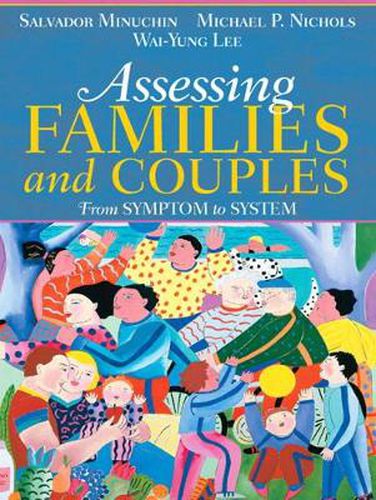Readings Newsletter
Become a Readings Member to make your shopping experience even easier.
Sign in or sign up for free!
You’re not far away from qualifying for FREE standard shipping within Australia
You’ve qualified for FREE standard shipping within Australia
The cart is loading…






A step-by-step guide to assessing couples and families, this text offers a clear delineation of the process of family therapy through richly illustrated case material, featuring clients from a diversity of backgrounds
Appealing to both experienced and novel therapists, Assessing Families and Couples portrays a clear picture of what occurs in a two-session model in conducting a family therapy assessment. In the absence of a videotape to depict the process of therapy, readers can still visualize the details of the therapeutic journey in a step-by-step manner. Students and instructors, alike, will find this book an invaluable tool for the learning and teaching of family therapy assessment.
The text begins with a brief historical review of family therapy today and continues with a detailed explanation of the authors’ four-step assessment model. The assessment model is illustrated by a series of thoroughly detailed case studies, featuring African-American, European, Latin-American, Spanish, Irish, and Chinese families.
$9.00 standard shipping within Australia
FREE standard shipping within Australia for orders over $100.00
Express & International shipping calculated at checkout
A step-by-step guide to assessing couples and families, this text offers a clear delineation of the process of family therapy through richly illustrated case material, featuring clients from a diversity of backgrounds
Appealing to both experienced and novel therapists, Assessing Families and Couples portrays a clear picture of what occurs in a two-session model in conducting a family therapy assessment. In the absence of a videotape to depict the process of therapy, readers can still visualize the details of the therapeutic journey in a step-by-step manner. Students and instructors, alike, will find this book an invaluable tool for the learning and teaching of family therapy assessment.
The text begins with a brief historical review of family therapy today and continues with a detailed explanation of the authors’ four-step assessment model. The assessment model is illustrated by a series of thoroughly detailed case studies, featuring African-American, European, Latin-American, Spanish, Irish, and Chinese families.